Cryptoporus volvatus – Veiled Polypore
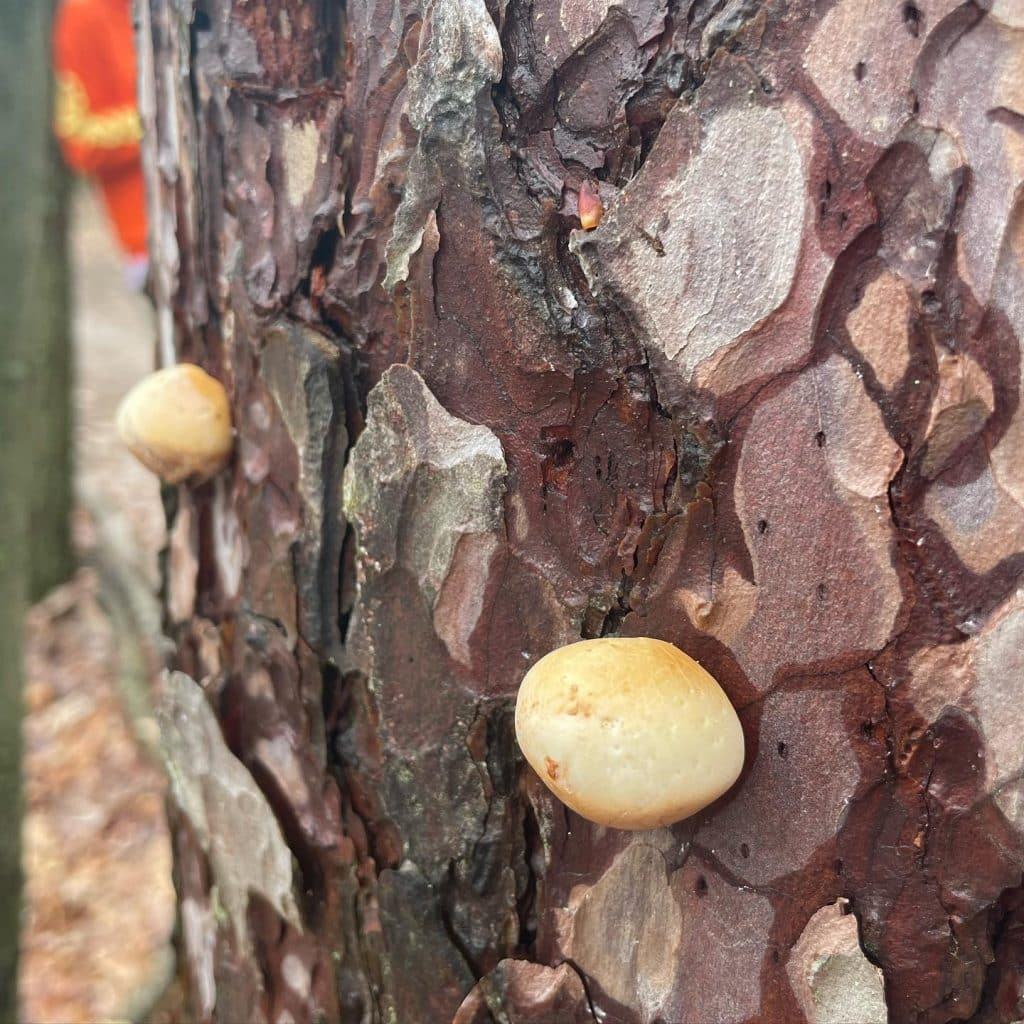
The Veiled Polypore (Cryptoporus volvatus) is a rare mushroom that grows on conifer trees. The pored surface is “veiled” by a thin, rounded layer of tissue. This allows the spores to pile up in the mushroom. When beetles enter the space, they are dusted with the spores and will therefore carry the spores into the […]
Lactuca canadensis – Canada Wild Lettuce
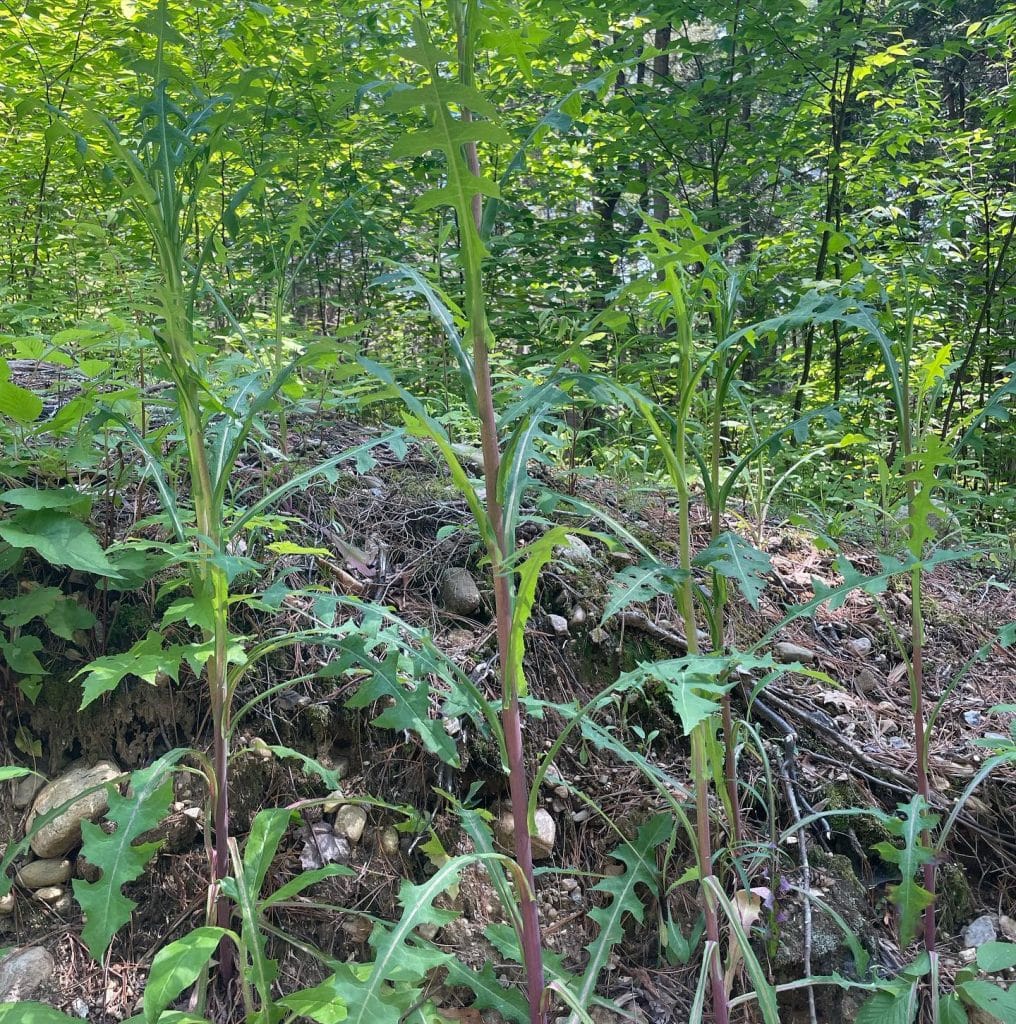
Canada Wild Lettuce (Lactuca canadensis) is a native edible and medicinal plant in the Daisy family. Wild lettuces can be identified by the hairs on the bottom of the leaf’s central vein. In Lactuca canadensis, the hairs are less consistent than in other species of Wild Lettuce. The young leaves and stems are edible but […]
Achillea millefolium – Yarrow
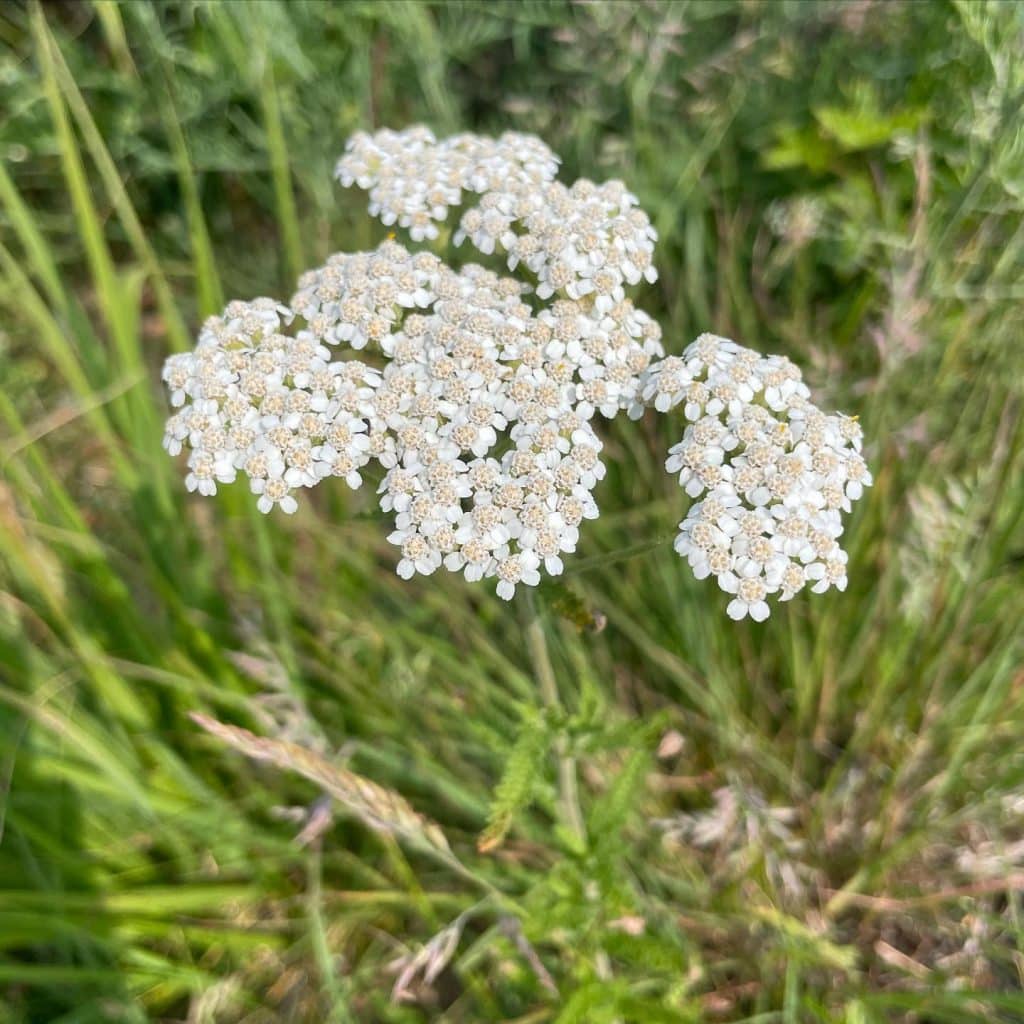
Yarrow (Achillea millefolium) is a native plant with medicinal uses. Yarrow can be identified by its unique feathery leaves and pine-like scent. Yarrow is edible, but quite bitter so is more often used for its medicinal properties. Yarrow has anti-inflammatory and anti-microbial properties. It has also been used traditionally as a poultice to stop bleeding. […]
Impatiens capensis – Jewelweed
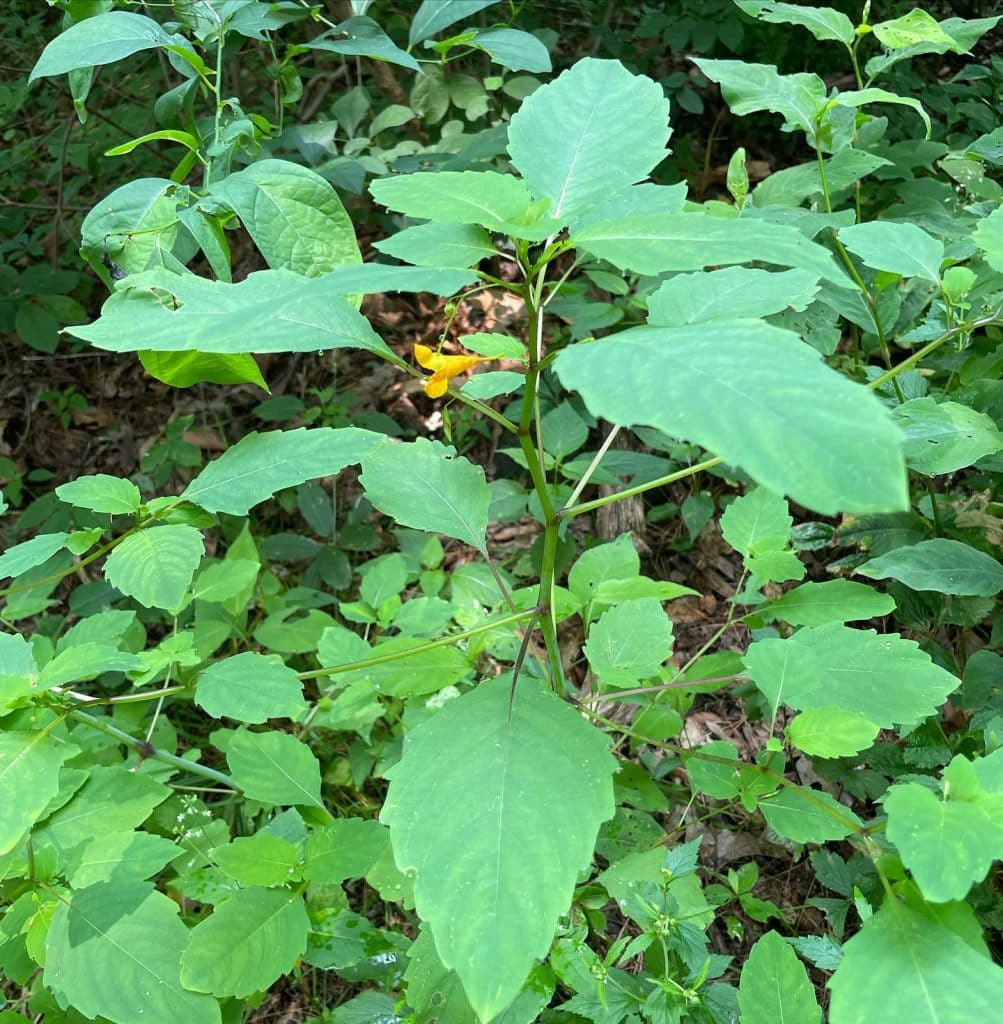
Jewelweed (Impatiens capensis), also known as Spotted touch-me-not, has an incredible ability to eliminate itching from poison ivy and bug bites. Jewelweed is a self-seeding annual that is one of the few native plants that can successfully compete with garlic mustard. Jewelweed can be found near water, often forming dense stands at the edges of […]
Monotropa uniflora – Ghost Pipe
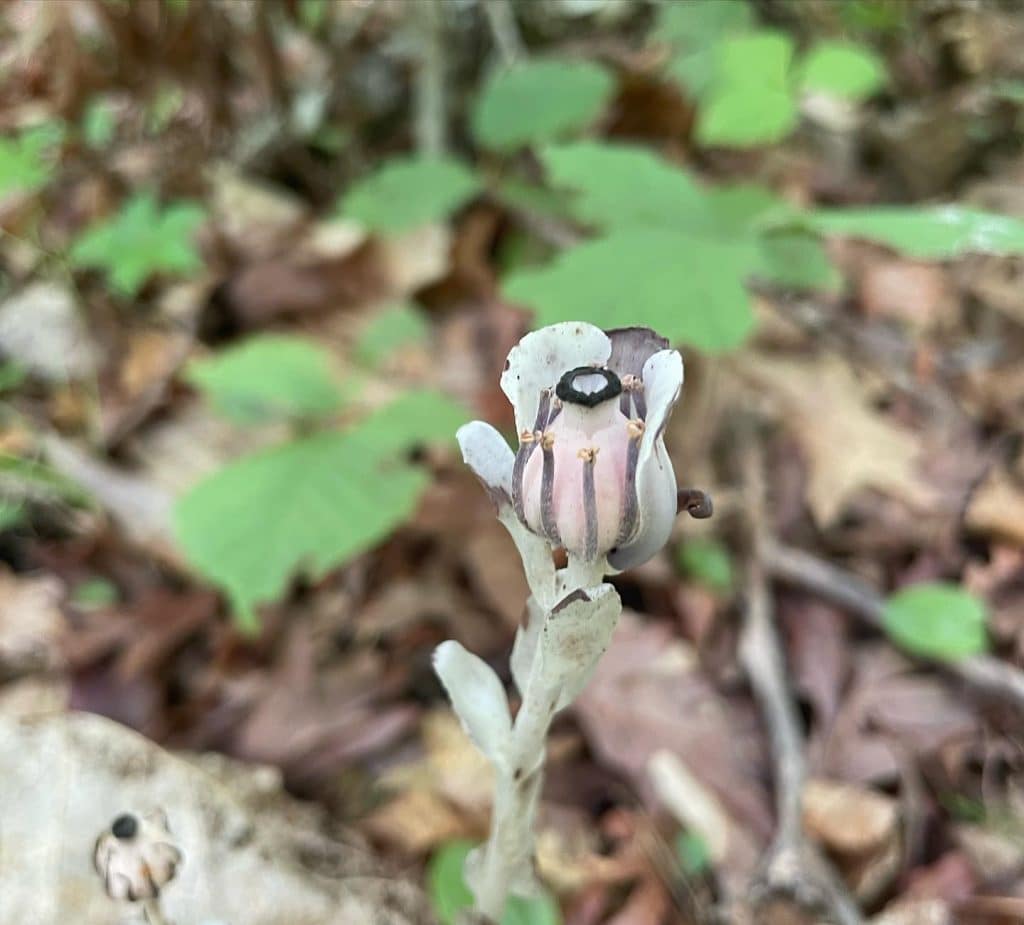
The Ghost Pipe (Monotropa uniflora) is a native plant that lacks chlorophyll. Rather than using photosynthesis, ghost pipes get their nutrients from a fungus in the Russulaceae family, which is getting its nutrients from trees. Each ghost pipe plant blooms for only 1 week annually. It can be found blooming sometime between late June and […]
Berberis thunbergii – Japanese Barberry
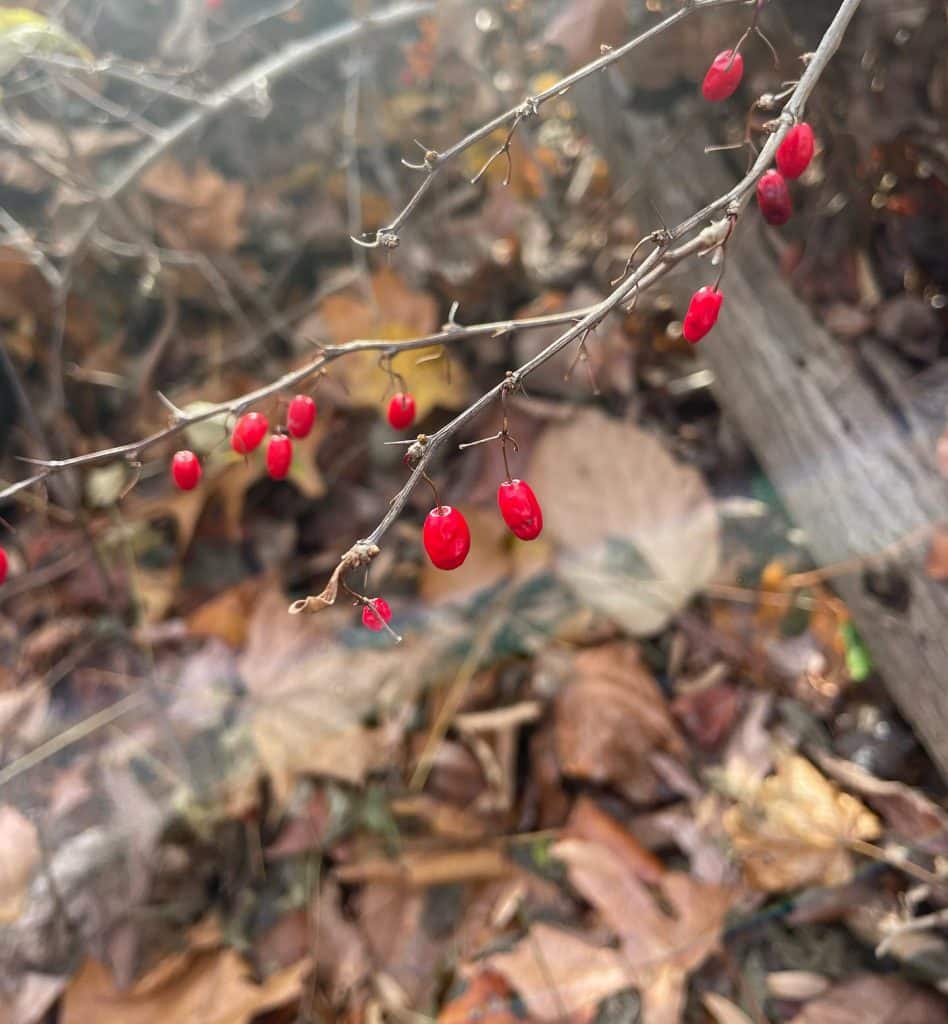
Japanese Barberry (Berberis thunbergii) is an invasive plant with edible and medicinal berries that persist through the winter. Japanese barberries can be found in forest clearings and overgrown fields. In the spring, the plant produces edible small leaves that are accompanied by a single spine. The plant has yellow flowers in the spring which become […]
Crataegus spp. – Hawthorn
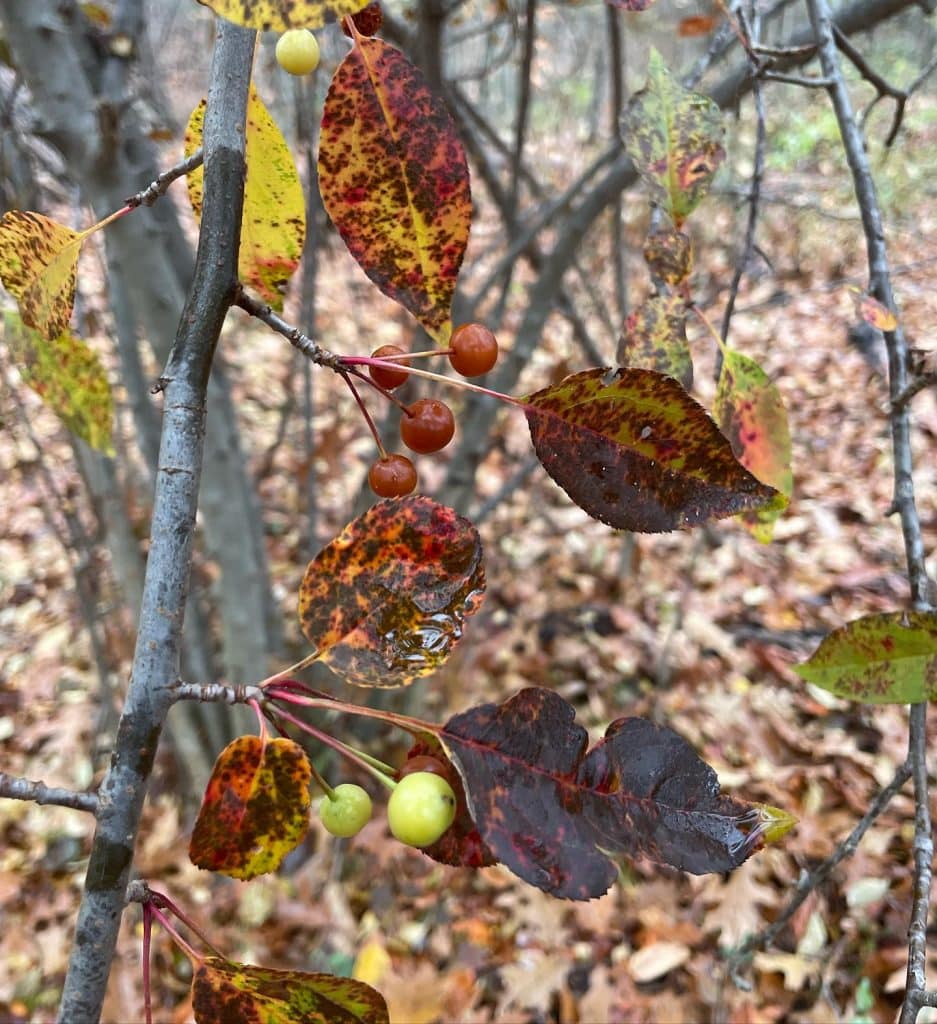
Hawthorn (Crataegus spp.) is a group of over 1,000 species of edible plants in the rosaceae family. Hawthorn is the oldest known medicinal herb, with use dating back to the first century BC. It could be a small shrub or tree. Hawthorn has serrated, oval-shaped leaves which often have lobes. The branches have sharp […]
Albizia julibrissin – Mimosa Tree
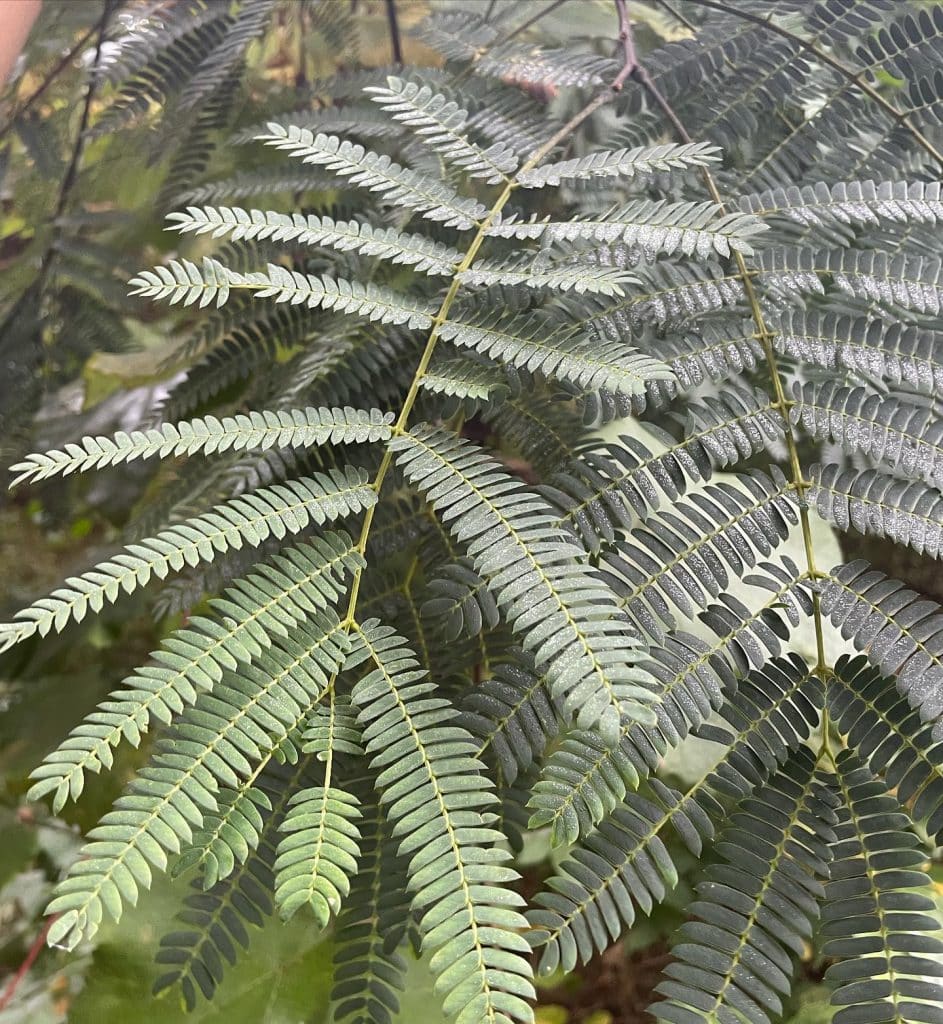
The Mimosa tree (Albizia julibrissin) is an invasive tree from Asia and the Middle East. The mimosa tree has fern-like leaves and silky pompom flowers in the summer. The flowers become flat paper brown seed pods in late summer. Young mimosa leaves can be eaten cooked or dried and used for tea. Blossoms can be […]
Sambucus canadensis – Elderberries
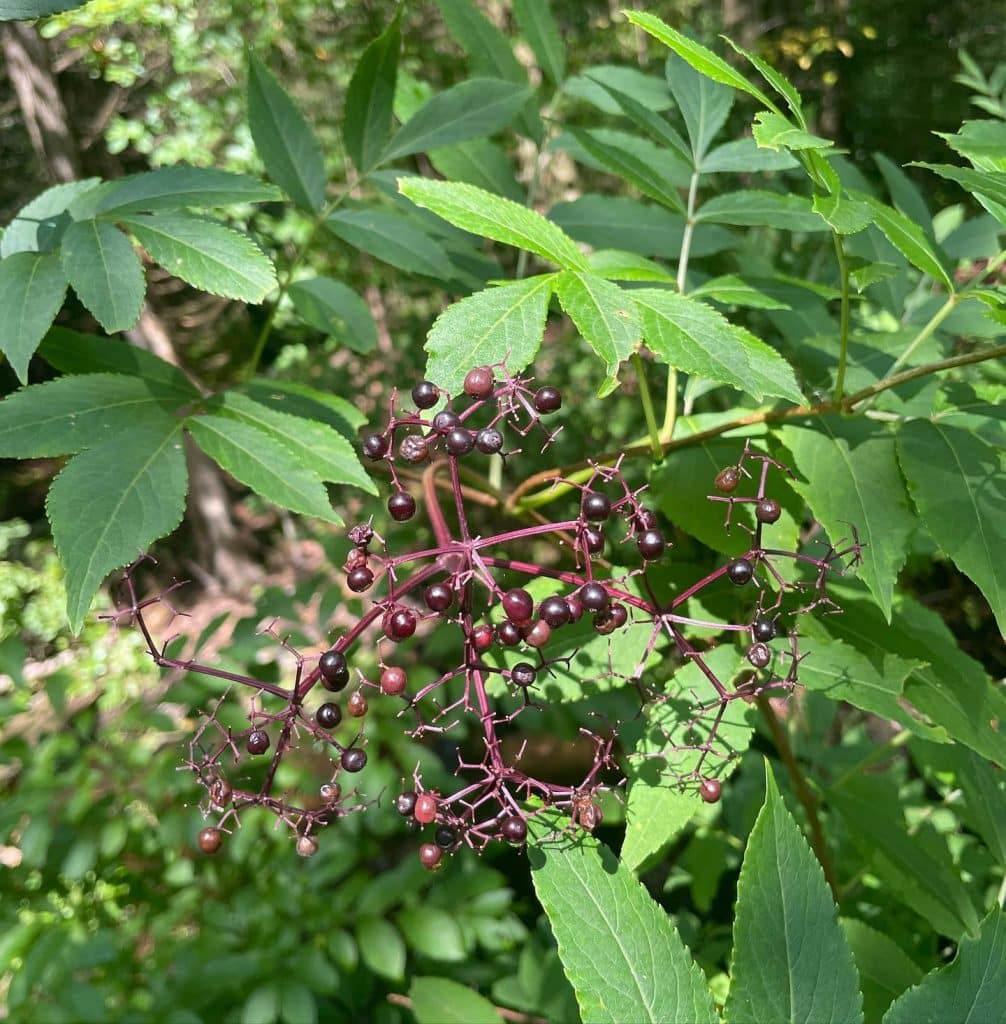
Elderberries (Sambucus canadensis) are a native woody shrub that like to grow near water. Elderberries hang down in a cluster at the end of the branch. The leaves grow in 5-11 leaflets that are opposite and serrated. Elderberry leaves and stems are toxic. Berries should be cooked, and seeds removed to avoid stomach upset. Elderberry […]
Podophyllum peltatum – Mayapple
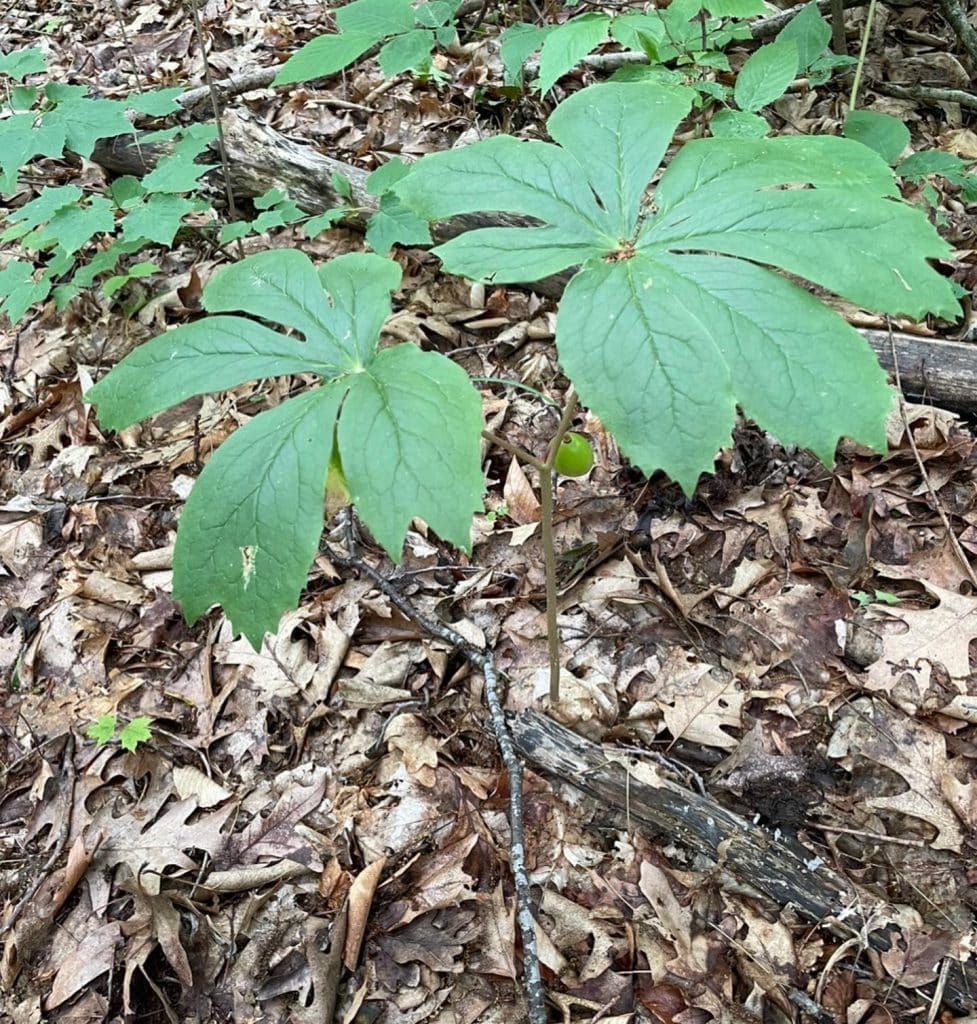
Mayapple (Podophyllum peltatum) is a native plant with a tropical-tasting fruit. Mayapples can be found in light shade to partial sunlight of mixed hardwood forests. They grow in rich, well-drained soil. Mayapples are colony-forming perennials with 1-2 umbrella-shaped leaves per plant. The plant flowers in May and the fruit ripens in August. The fruit […]
Solidago spp. – Goldenrod
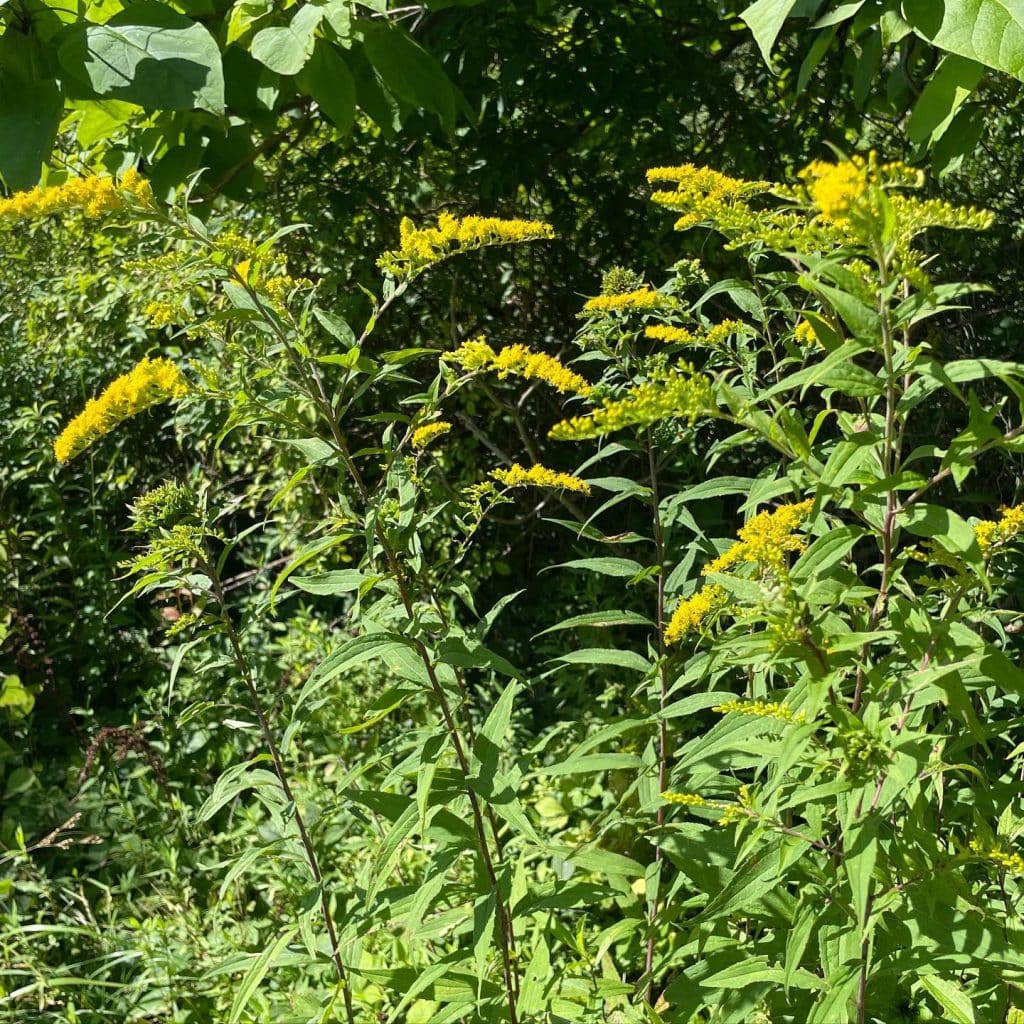
Goldenrod (Solidago spp.) is a group of 75+ species in the United States. Goldenrod gets a bad reputation for causing allergies, but it is insect pollinated so the pollen is not in the air. Goldenrod just happens to flower at the same time as the more conspicuous ragweed which many people are allergic to. Goldenrod […]
Fomitopsis betulina – Birch Polypore
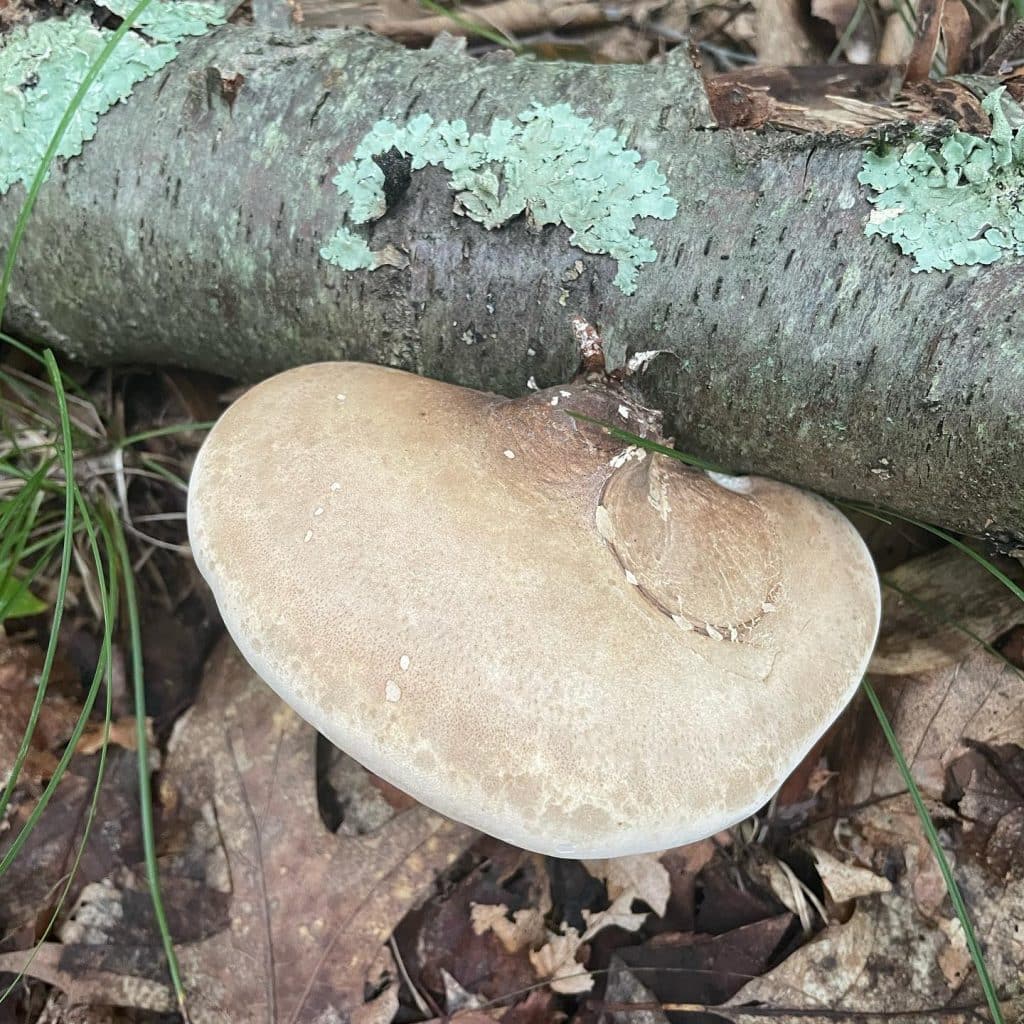
The Birch Polypore (Fomitopsis betulina) is a medicinal mushroom that has been used for thousands of years. The birch polypore was found on Otzi the iceman, whose body was found in the Italian alps from 5,000 years ago. It is thought that Otzi was using the mushroom to treat the intestinal parasites that he had. […]
Ganoderma applanatum – Artist’s Conk
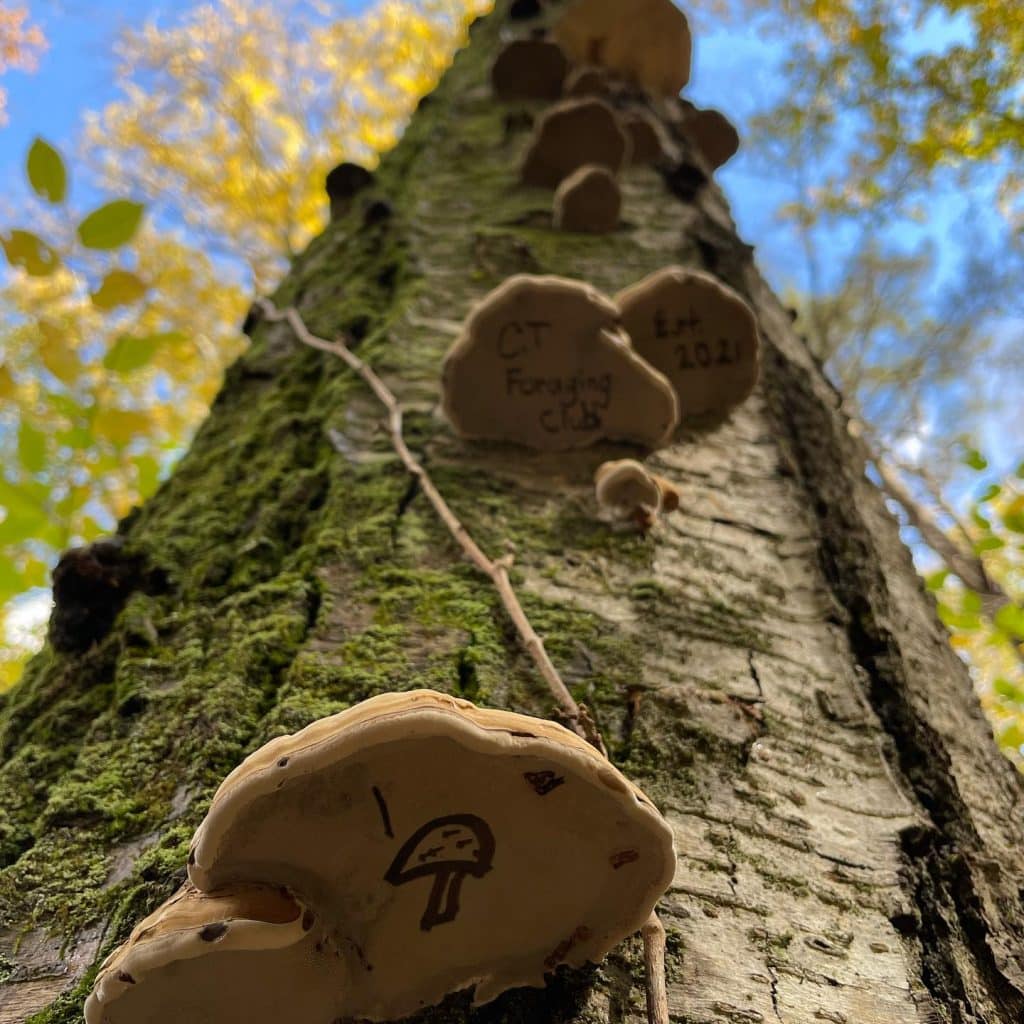
Artist’s Conk (Ganoderma applanatum) is a common mushroom that can be found worldwide. It can be found on living and dead trees, primarily hardwoods. Artist’s conk is both a parasitic and saprobic fungus. It is particularly known to decompose beech and poplar trees. Artist’s conks are perennial mushrooms that can grow up to 2 feet […]
Fomes fomentarius – Hoof Fungus
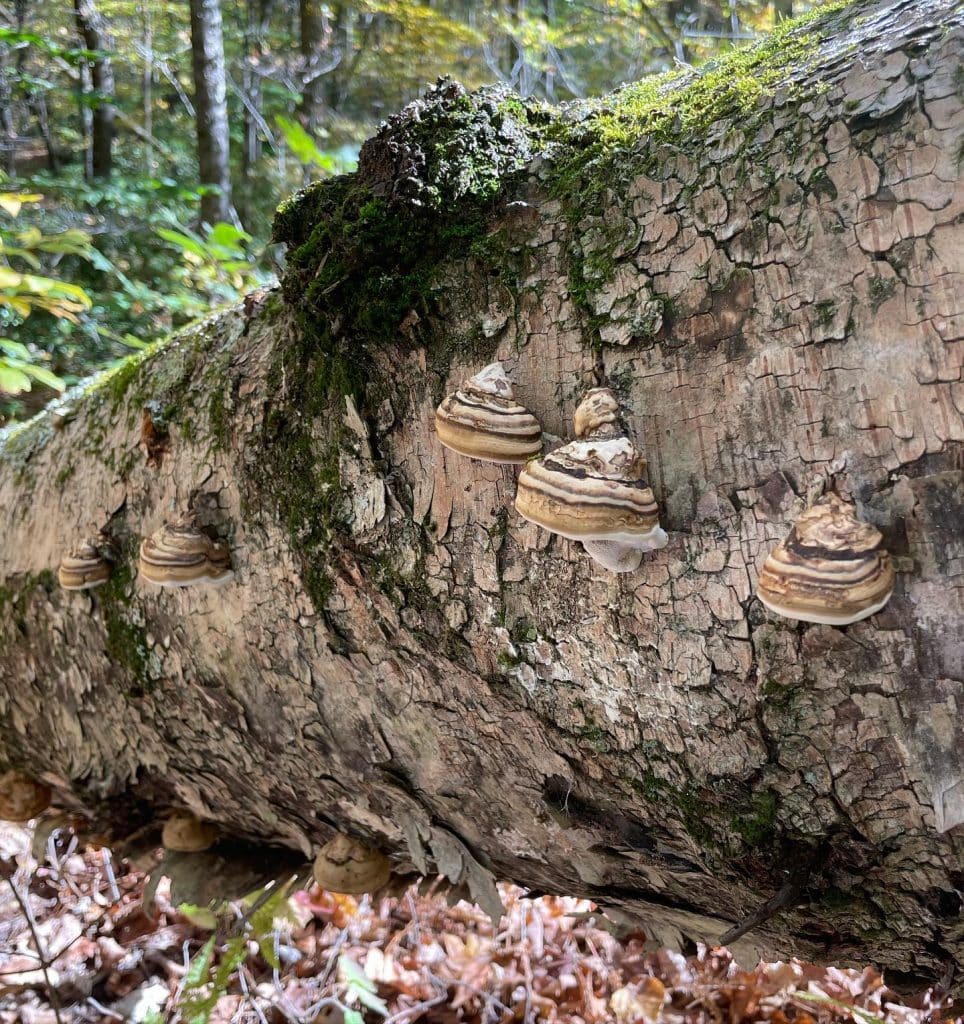
Hoof fungus (Fomes fomentarius) is one of the two mushrooms that was found with Otzi the iceman who lived 5,000 years ago in the Italian alps. Hoof fungus, also known as Tinder fungus, can be found growing on living and dead birch, beech, and sycamore trees. It is a perennial fungus, first emerging in the […]
Trametes betulina – Gilled Polypore
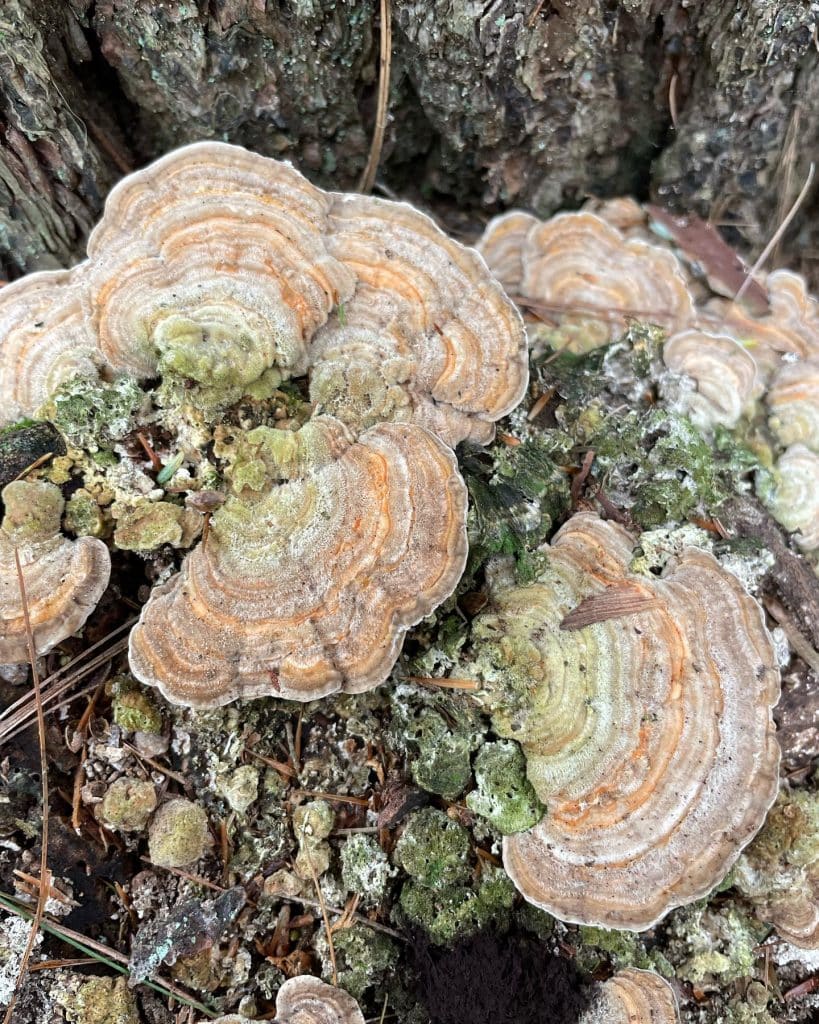
The Gilled Polypore (Trametes betulina) is a turkey tail (Trametes versicolor) look-alike with medicinal properties. The gilled polypore, also known as birch mazegill, is a unique polypore since it has gill-like ridges under its cap. The gilled polypore is a saprobic fungus which is most often found on decaying hardwood, although it can be occasionally […]
Grifola frondosa – Maitake
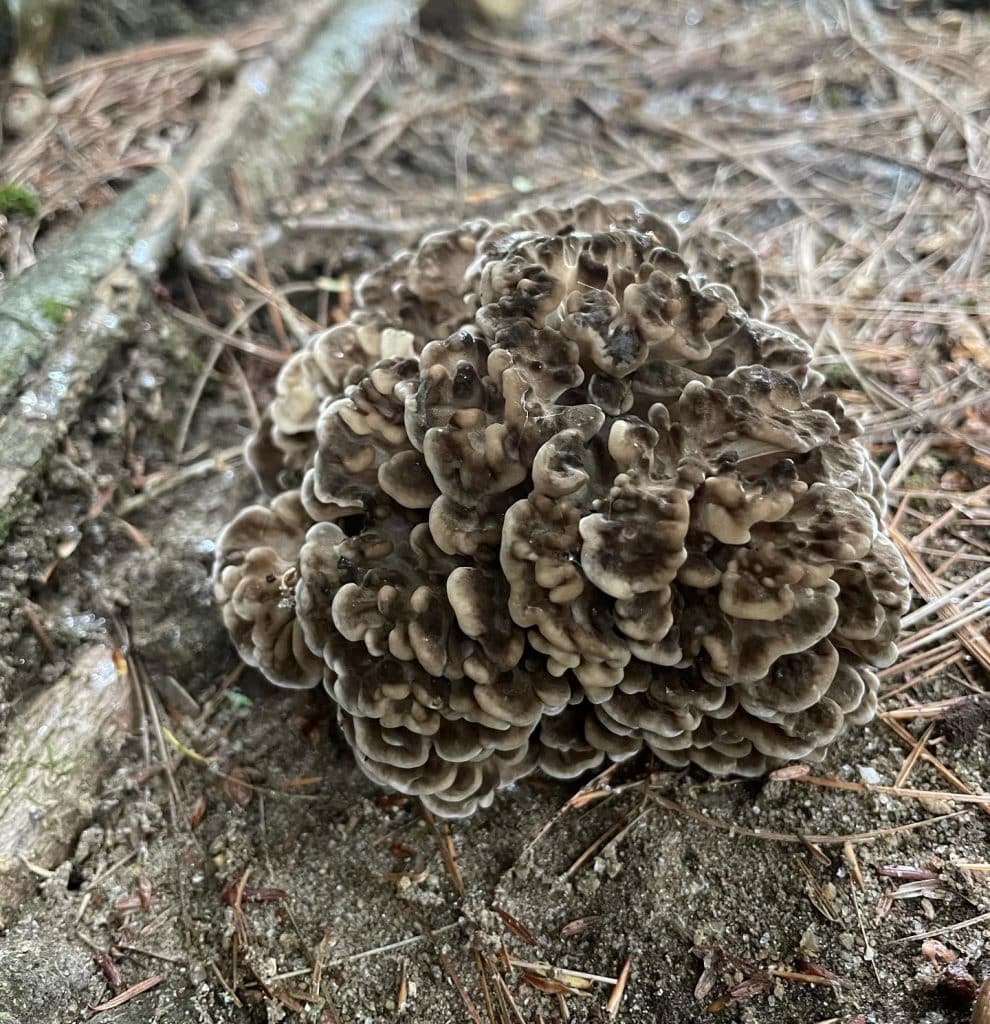
Maitake (Grifola frondosa) are choice edible and medicinal mushrooms that grow at the base of hardwood trees. 98% of the time they are growing at the base of oak trees. Maitake, also known as Hen of the Woods, can be found fruiting from late August to early November. They have gray or brownish caps and […]
Fomitopsis ochracea – American Brown Fomitopsis
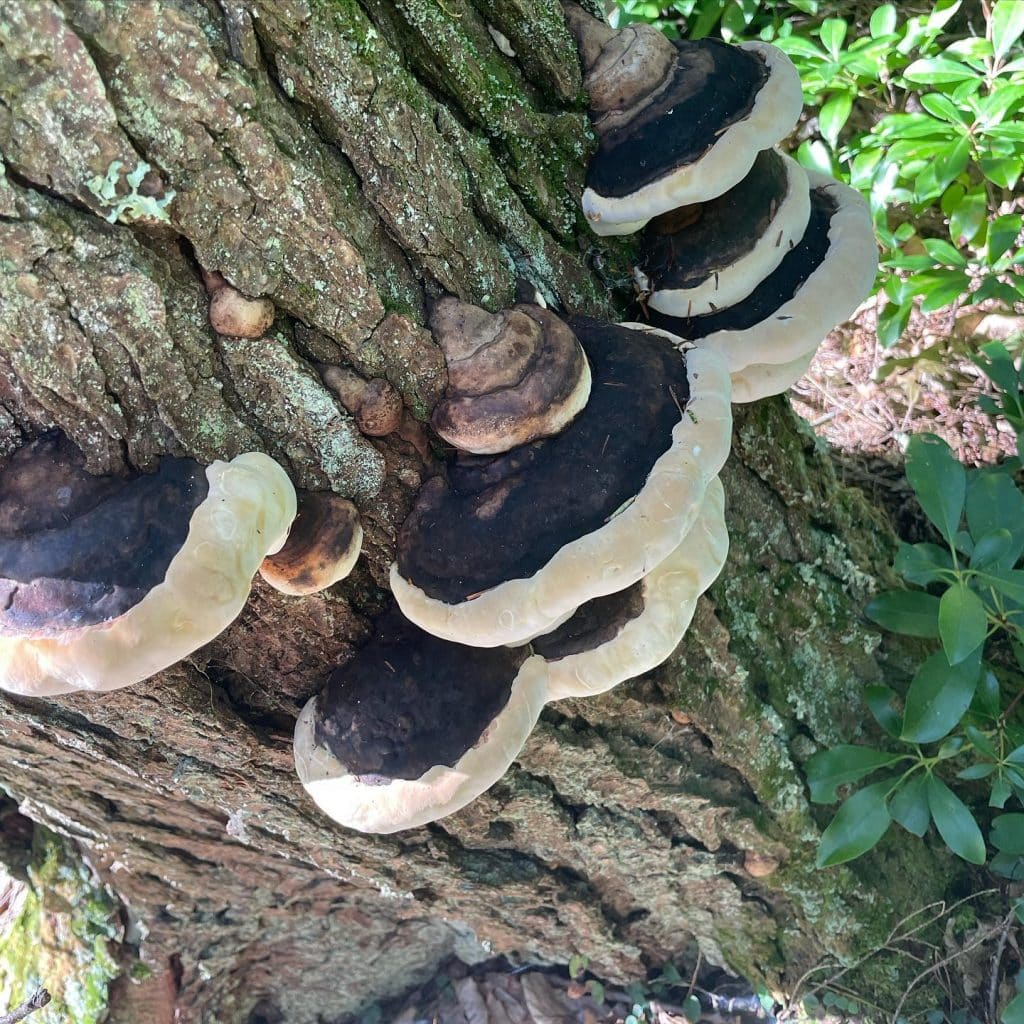
The American Brown Fomitopsis (Fomitopsis ochracea) is a polypore that was recently classified in 2011. Before this time, the mushroom was misidentified as multiple other mushroom species, including the Red-belted Polypore (Fomitopsis pinicola). The American brown Fomitopsis causes brown rot on hardwoods and conifers, particularly on birch and Populus species. The cap surface is smooth […]
Hericium coralloides – Coral Tooth Fungus
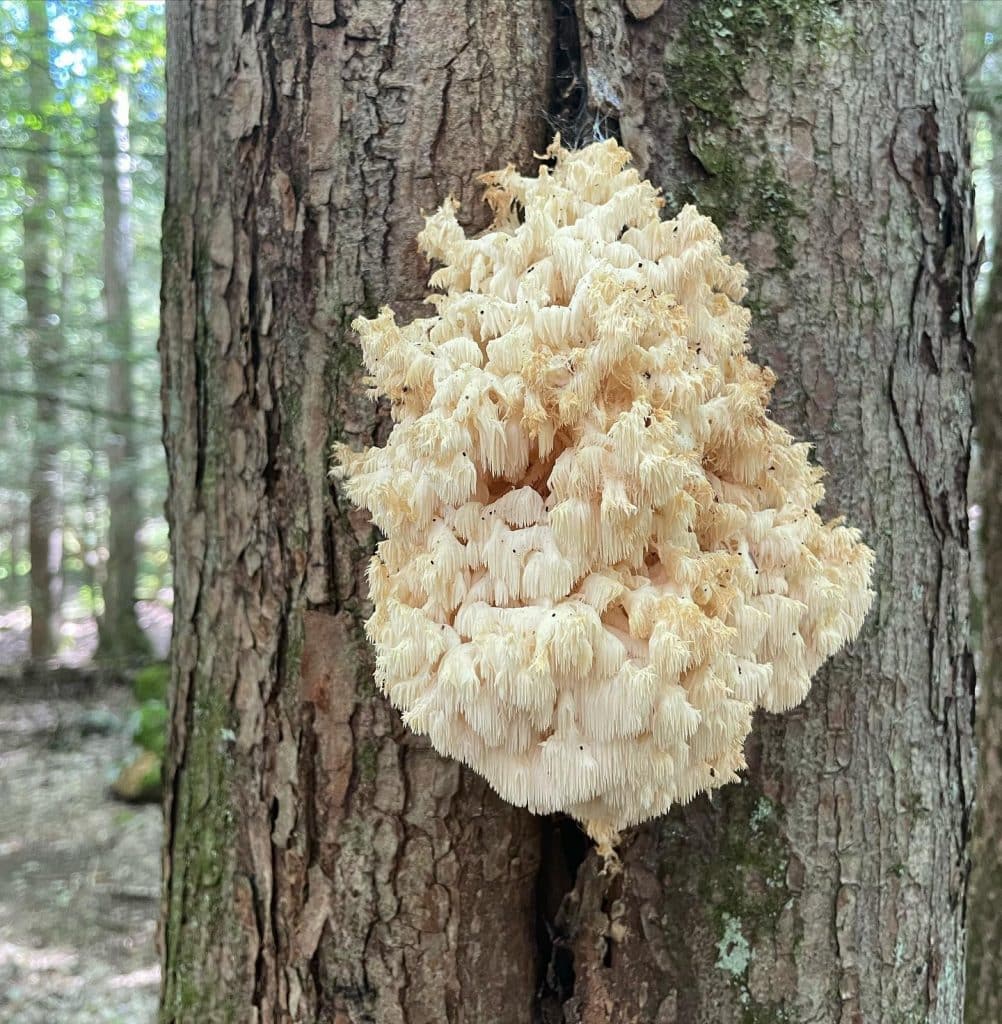
Coral Tooth Fungus (Hericium coralloides) is an edible mushroom that fruits late August to October. It can be found throughout North America and Europe, as well as in India, Russia, China, and Japan. Coral tooth fungus can be found growing on dead or decaying hardwoods, especially oak and beech. It is saprobic and possibly somewhat […]
Ganoderma curtisii – Golden Reishi
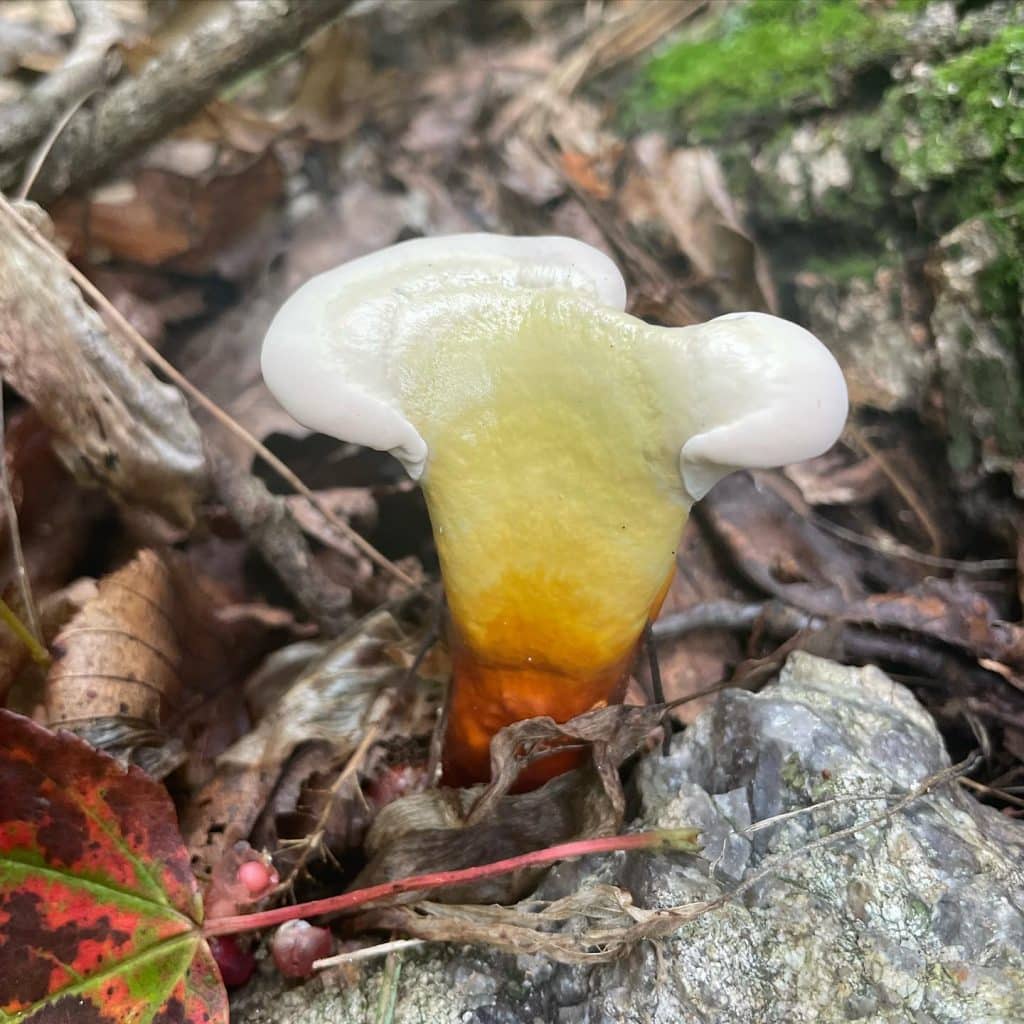
The Golden Reishi (Ganoderma curtisii) is a saprobic or parasitic mushroom. It can be found on living or dead hardwood trees east of the Rocky Mountains. The golden reishi fruits May-November. Ganoderma curtisii used to be classified as part of the Ganoderma lucidum complex. Ganoderma lucidum is now known to be a primarily European species, […]
Trametes versicolor – Turkey tail
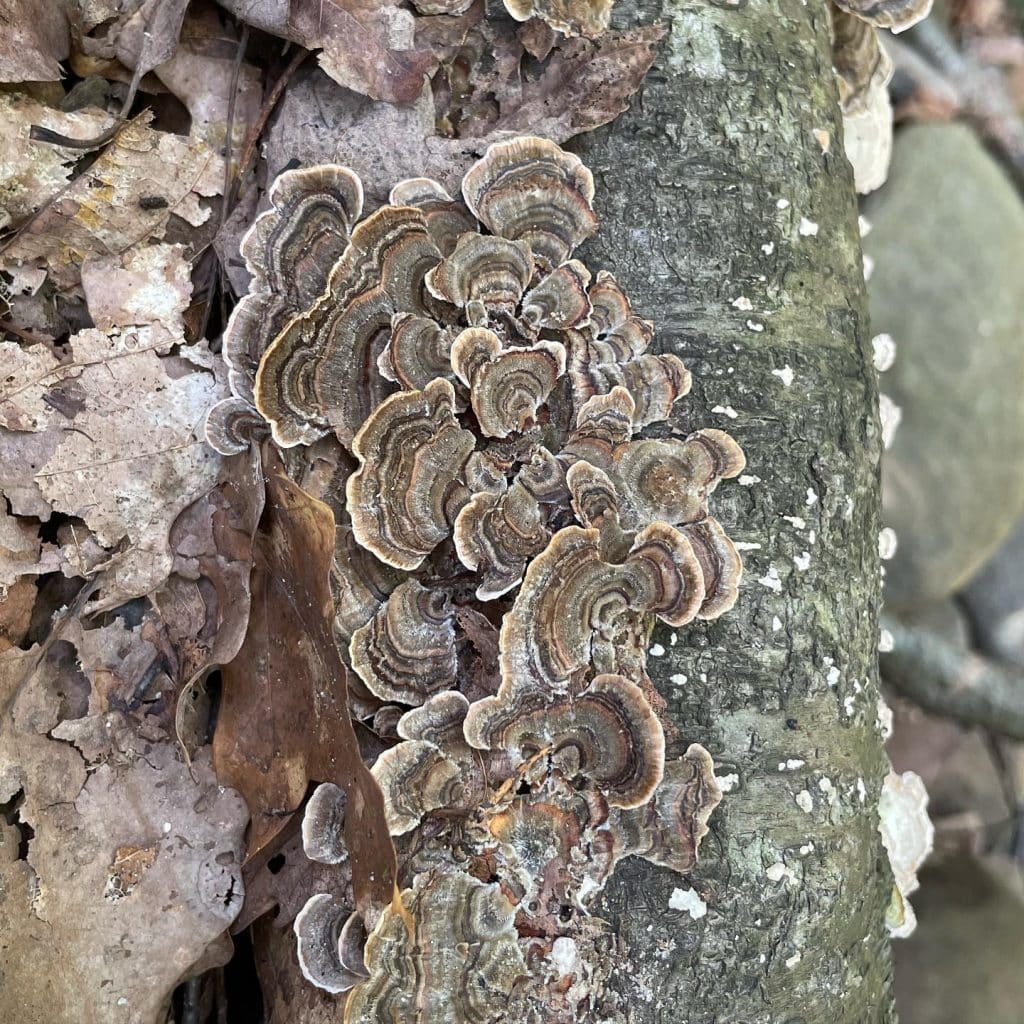
Turkey tail (Trametes versicolor) is one of the most researched medicinal mushrooms. It is very common and grows world-wide. It has many look-a-likes, but no look-a-likes are toxic. Turkey tail fruits most often from June-November on a wide variety of hardwoods and occasionally conifers. It is a saprobic fungus (decomposer) so will be found on […]
